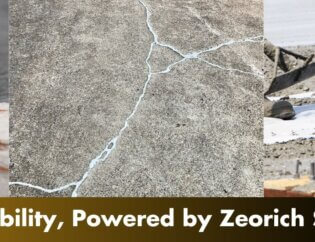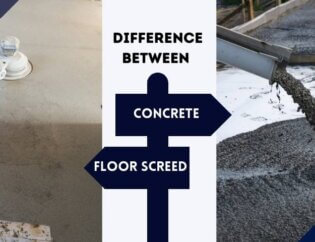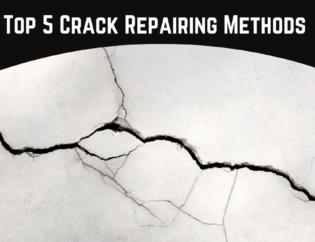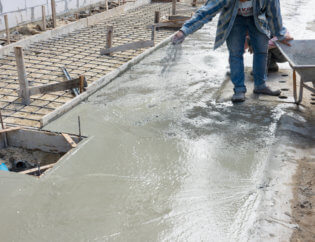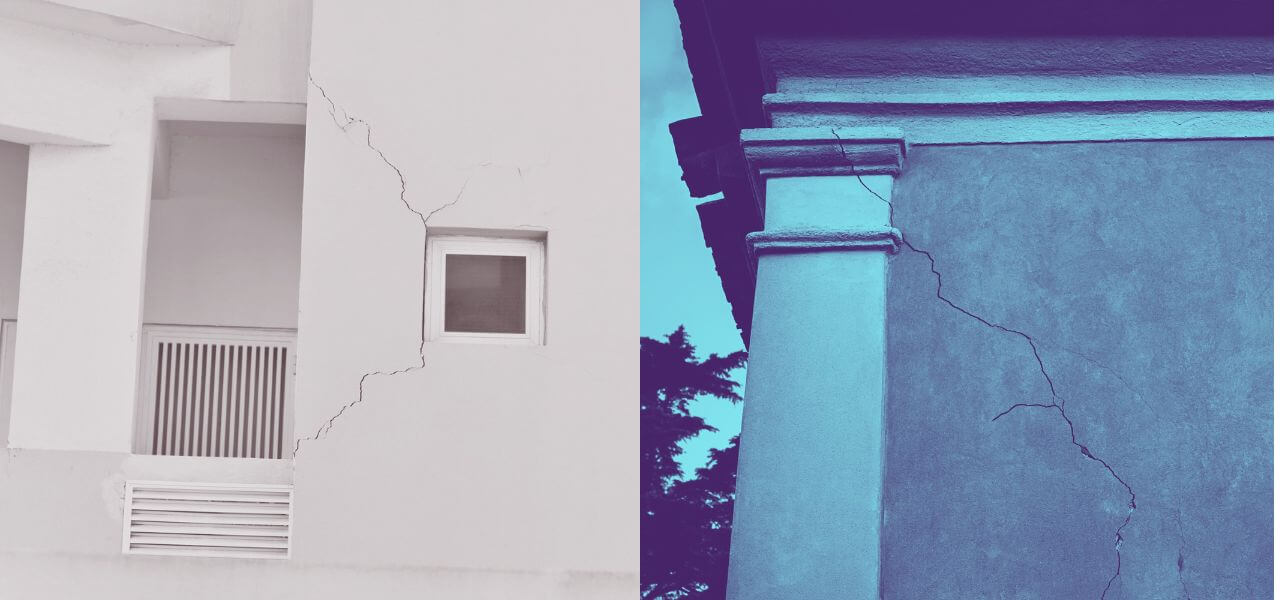
Crack Repairing Method & Reason for Appearance.
To meet the demands of an expanding population, high-rise construction is both a trend and a necessity in the Indian construction sector. Building a robust foundation by using high-quality materials will support external factors that are out of our control.
Every building needs a solid and sturdy foundation. The foundation might be destroyed by natural disasters. Experts in construction claim that any house is susceptible to foundation deterioration and accidents. Costly repairs may be necessary as a result of an unsteady foundation, weak concrete, deteriorating plaster, damage to the stone-clad wall, a few fractures, or defective concrete.
To take the necessary steps to prevent making the crack worse and inflicting damage to your property, it is your responsibility as a homeowner to decide if the crack is innocuous or severe. Because it can prevent you from experiencing excessive stress and panic, understanding what causes them and how to address them are crucial.
The condition of foundation cracks does not improve over time; rather, they deteriorate. Therefore, if you notice a foundation crack make a note of it and deal with it as soon as you can.
What causes cracks in the buildings?
1. The first shrinkage
Materials used in construction, like concrete and brickwork, initially shrink & part of this shrinkage cannot be recovered. The use of less rich cement mortar in the masonry and the suspension of plaster application on the brickwork surface, essentially when the masonry has gone through most of its initial shrinkage and has dried well after proper curing, can both lessen shrinkage cracks in construction walls.
By utilising mortar for the plaster that is less rich and ideal for offering resistance to durability and abrasion, shrinkage cracks in rendering/plastering can be prevented.
2) Thermal Motion
Every building material expands in the heat and contracts in the cold. Tensile and shear strains caused by thermal movement in building structure's components lead to cracks. The size of the movement, however, also depends on their molecular makeup and other characteristics. One of the main factors that contribute to cracks in structures is thermal change, which warrants attention.
In India, daily and seasonal temperature fluctuations typically range from 5 to 20 and 0 to 25 degrees Celsius, respectively. Compared to the seasonal changes, which occur frequently, daily changes happen more quickly and have a greater negative impact. On the other hand, because of creep, pressure is significantly reduced during seasonal variations.
3) Concrete's ability to breathe
The penetration of various aggressive chemicals initiates the deterioration process in concrete, which is a primary contributor to wall cracks. In essence, it determines how long concrete will be able to withstand weathering, chemical attack, or any other degrading process. Low permeability is hence the primary contributor to concrete's durability.
Concrete permeability is influenced by many variables, including the water-cement ratio, curing, air spaces caused by inadequate compaction, additive use, microcracks caused by loads, cyclic exposure to heat variations, and the age of the concrete.
Given excellent materials, appropriate proportioning, and sound construction techniques, the permeability of a cement mixture depends on the water-cement ratio. Concrete permeability is a direct product of how porous and interconnected it is.
4) Bad Craftsmanship
Cracks in the walls, slabs, beams, and other construction components are a result of poor mixing of building materials including sand, cement, and aggregate. Inadequate oversight, ignorance, carelessness, negligence, and many other factors, alone or in combination, may lead to poor craftsmanship.
5) Chemical Response
Building materials undergo chemical reactions that increase their internal tension and volume, which causes fissures. Chemical processes cause the materials to weaken.
Some of the most frequent types of chemical activities on building materials are carbonation in cement-based materials, sulphate attack on cement products, alkali-aggregate interaction, and corrosion of reinforcement in concrete.
6) Movement of the Foundation and Soil Settlement
Shear cracks develop as a result of significant differential foundation settlement. Buildings built on expansive soils that are prone to expanding when wet and shrinking when dry due to changes in soil moisture content are particularly vulnerable to cracking.
Any of the following factors can lead to shear cracks.
- Various portions of the structure are under different bearing pressures.
- Low safety factors while designing foundations
- Exceeding the soil's safe bearing strength due to bearing pressure
- There are regional differences in the type of supporting soil.
- These dangerous fissures, which are caused by the corner and end of the building structure's base moving, necessitate taking specific precautions to prevent them.
Best way to crack repair in buildings? (or stabilise walls) method and material.
We advise speaking with a construction specialist who can evaluate the building's structural stability if there are significant fractures. Although it's still wise to consult a professional to ensure they aren't structural cracks in disguise, there are several options available for minor building crack repair, such as sealing hairline, tiny, or obvious cracks.
Crack stitches
Building cracks can be repaired permanently and affordably with crack stitching. To restore structural integrity, slots that are cut into the wall (often in the bed joints) must be filled with stainless steel helical bars. These bars are normally made of high tensile rods that are flexible enough to allow for wall movement while maintaining ongoing support.
Repairing minor cracks in interior plasterwork and walls
Use a small brush first to remove any dust or debris from the cracks and their surroundings before vacuum cleaning. Use a flat instrument to distribute Polyfilla or a comparable construction crack repair filler over the cracks. To work it into the cracks, exert a little pressure. Get it as flat and smooth as you can. If any pits, dips, or holes are still evident after a few days, leave it alone and try again.
Caulking
You can use polyurethane, silicone, or latex concrete caulk to seal fractures wider than a hairline. Force the caulk into the crackdown by using a caulking gun. This kind of caulk is efficient because it seals the gap and permits the foundation to expand and contract in response to sudden changes in the weather.
In addition to caulking, larger cracks can also require foam-backer rods. These rods are good at regulating the amount of sealant applied or the depth of the sealant in the crack or gap and are used to fill cracks and gaps between building components.
Hydraulic cement
a unique kind of cement that hardens with the addition of water to create a product that is resistant to water and sets up quickly. It is frequently used in the building sector to block water, which can over time lead to cracks in structures owing to expansion. Utilizing a putty knife, push this cement into the cracks and wait for it to set for a couple of hours before applying another layer. The patch should be levelled with a trowel.
Time for Pro Tips: The construction industry's usage of building materials is essential for preventing cracks from showing up. Always avoid making human errors like mixing mortar improperly. We advise utilising Zeorich SBR, which has very high increases in flexural strength and decreases the elastic modules of cement mortar or concrete.
When used properly, Zeorich SBR in either diluted or pure form uses less water in the mortar, minimising shrinkage after drying. For all types of cement mortar and concrete, use ready-to-use high-concentrate latex in place of water. SBR provides the mortar used in foundation or plastering applications with a strong binding. The Mortar used with Zeorich SBR gives the entire construction exceptional tensile adhesion, water resistance, and compressive strength.
